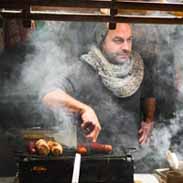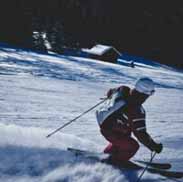Skeletal Muscle Flashcards, test questions and answers
Discover flashcards, test exam answers, and assignments to help you learn more about Skeletal Muscle and other subjects. Don’t miss the chance to use them for more effective college education. Use our database of questions and answers on Skeletal Muscle and get quick solutions for your test.
What is Skeletal Muscle?
Skeletal muscle is a type of tissue found in the human body. It is responsible for movement, posture, and balance. Skeletal muscles consist of long fibres that contract when stimulated by electrical signals from the brain or nerves. These muscles are often referred to as voluntary because they can be controlled consciously.The structure of skeletal muscle consists of many small fibers called myofibrils. Each myofibril contains proteins called actin and myosin which interact with each other during contraction and relaxation processes known as excitation-contraction coupling (ECC). The interaction between these proteins cause the muscle to shorten and generate force, allowing it to move our bones and perform work on the environment.Skeletal muscles are highly adaptable; they are capable of changing their size, shape, strength, power output, endurance capacity and speed through regular exercise training programs tailored for specific activities or sports goals. For instance, runners need stronger leg muscles than swimmers do so they will focus on different exercises in order to reach this goal. This adaptation helps us maintain an active lifestyle by making us more efficient at performing daily tasks like walking up stairs or carrying groceries home from the store without getting tired quickly. In addition to its involvement in physical activity, skeletal muscle also plays a role in glucose metabolism by storing excess energy as glycogen before releasing it back into circulation when needed; this process is essential for maintaining blood sugar levels within a healthy range throughout the day. Finally, muscular contractions help keep our joints stable while we move around which reduces stress on them over time preventing arthritis related issues down the line.
















